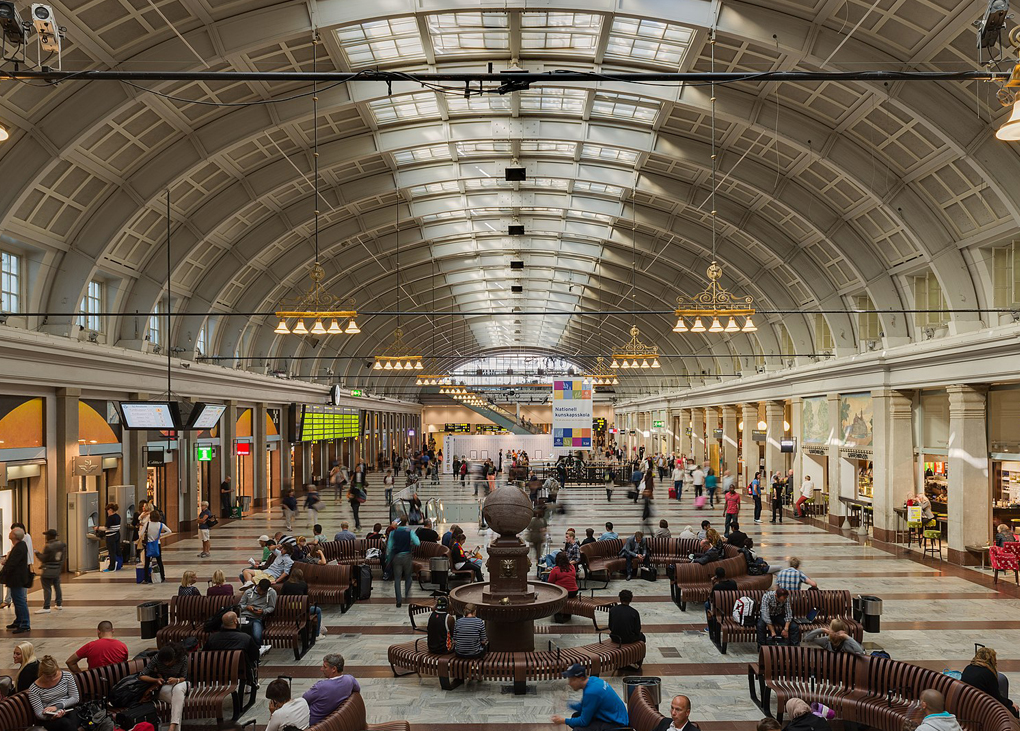Whether inside a crowded train or packed exhibition hall, most of us have experienced stuffiness due to body heat radiated from the people around us.
The excess body heat released into the atmosphere can actually be used to warm buildings and homes. According to a BBC article, numerous companies are already harnessing this organic warmth.
It is estimated that buildings create approximately a third of the world’s total energy use. Recycling excess body heat is a simple way to cut down on energy costs.
Before COVID-19, Jernhusen in Sweden was using the body heat from the 250,000 people who passed through Stockholm’s Central Station every day to heat an office building.
The system converts the excess body heat into hot water through heat exchangers in the ventilation system. The hot water is then pumped into the heating system of the office building.
Another building which utilises human body heat from a train station is Two Rue de Beaubourg in Paris. A local metro station provides heating to the building from people in the station and from trains.
In the BBC article, climate and energy strategist from Paris Habitat, Genevieve Littot, explains that an installation is used to extract warm air from the metro tunnel and convert it into hot water, which is used for space heating.
The excess heat provides roughly 35 per cent of the total heating for 20 apartments and a commercial business.
A shopping centre in Minnesota in the USA has also been capturing heat from the 109,000 average daily visitors (again, figures are pre-pandemic). It generates heat from the lights and fixtures, and has approximately eight acres of skylights.
One of the challenges presented with using body heat is finding the space and opportunity to integrate a suitable building with a public space.
Body heat is also not enough to heat an entire building, and consideration must go into what other sources of second-hand heat could be used. For example, could it be combined with heat generated from electrical appliances?
Further information on methods using body heat to warm buildings is available here.
Feature image of Stockholm Central Station By Arild Vågen – Own work, CC BY-SA 3.0



Leave a Reply